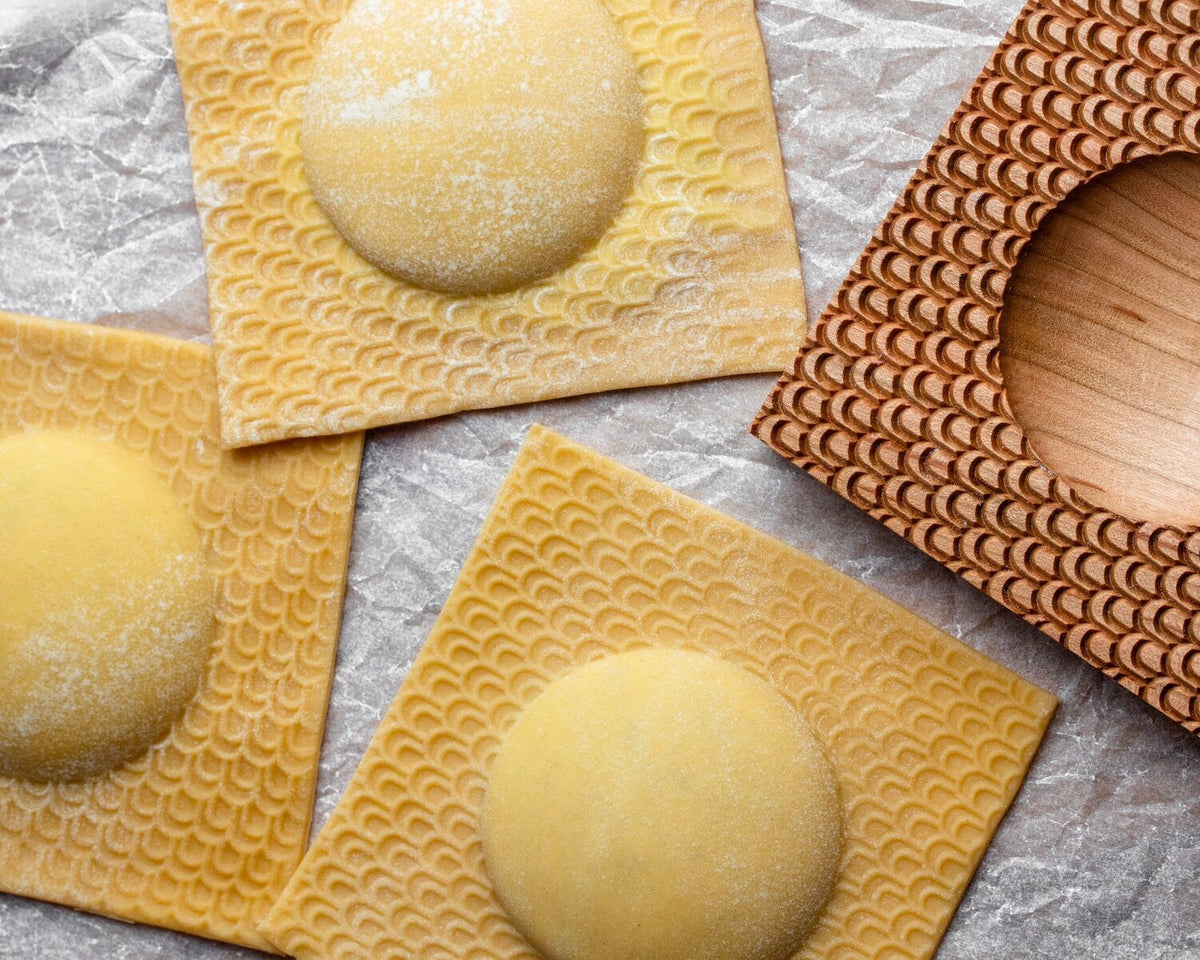
How to Use a Ravioli Mold
|
|
Time to read 3 min
|
|
Time to read 3 min
Not long ago we launched our first-ever ravioli mold in collaboration with woodworker, John Francis Designs. We’ve been working on this mold since last February and now that it’s finally here, we’re excited to dive deep into ravioli-making.
To help with this endeavor, we turned to Emilie Pullar of The Burnt Butter Table and asked for her help on putting together a guide on using ravioli molds. She’s churned out dozens of these ravioli on her Instagram feed – always with a gorgeous set of long, manicured nails (how she does it I just don’t know but I’ve got serious nail envy).
After chatting with Emilie and reading her tips, we all agreed that using a ravioli mold may seem daunting at first, but that it’s actually rather simple and results in an impressive-looking pasta.
So without further ado, here is Emilie’s ravioli mold guide. Be sure to check out her Pesto-Ricotta Filled Raviolo with Brown Butter Sage Sauce recipe, too.
Ready to get started? Snag one of our Reversible Wooden Ravioli Molds and check out this recipe for pesto-ricotta filled ravioli.



